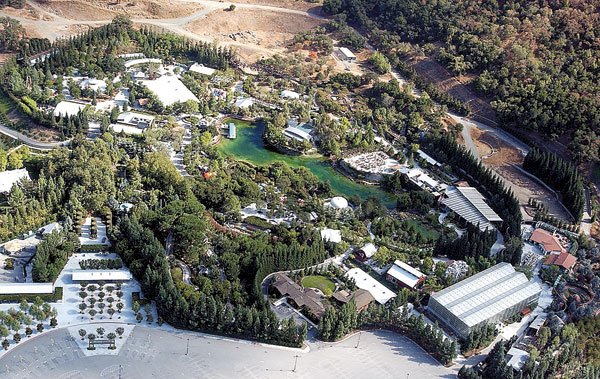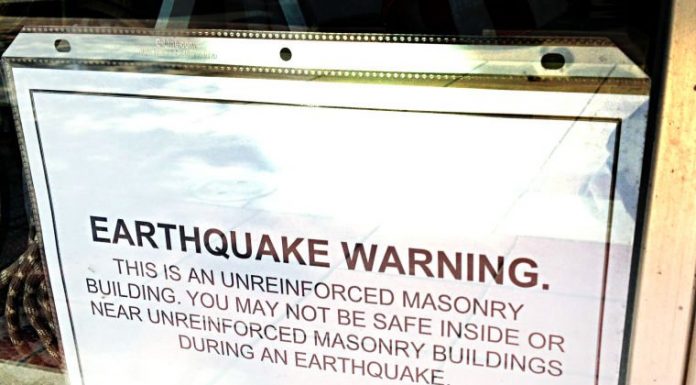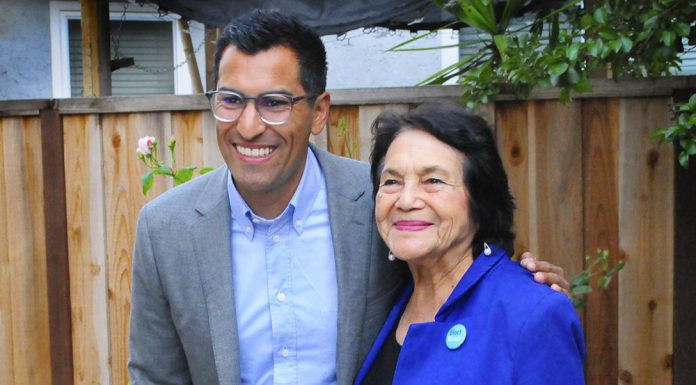Turning up the heat on URM property owners
City officials plan on turning up the heat on owners of buildings deemed unfit to survive a high magnitude earthquake, especially those who have not complied with Gilroy's unreinforced masonry ordinance. At the Aug. 18 City Council meeting, Mayor Don Gage advocated for increasing fines on delinquent property owners.
City settles officer shooting lawsuit
The City of Gilroy awarded more than $2 million in damages and fees in July to the family of a man who was shot and killed by a Gilroy Police officer nearly five years ago, conceding a drawn-out legal battle for the sake of time and resources, according to staff and Council members.
Technology brings increased efficiency to Gilroy City Hall
The City of Gilroy has announced the introduction of new software by Accela that makes it easier for staff to prepare staff reports and agendas for the City Council and Planning Commission. The switch, which went live for the November 21st city council meeting, according to a press release, makes the process more efficient, less-time consuming and near paperless. Staff training on the new software package began in October and the result is a process that automates the entire staff report preparation, circulation and approval process for better workflow and productivity. The system then creates the agenda and meeting packet - completely eliminating paper. "What used to take 4-5 hours to accomplish with a manual paper process now takes 10 minutes to complete - with just a click of a button we have a council packet ready for distribution," stated City Clerk, Shawna Freels.
Governor appoints Caballero to $175K post
Anna Caballero may have lost her bid for the State Senate. But
Civil rights icon stumps for Rivas
Labor rights icon Dolores Huerta, who received the Presidential Medal of Freedom from Barack Obama in 2012, was in South County and San Benito County last week campaigning for her preferred candidate in the 30th District State Assembly race.
On Thursday, May 24, Huerta stopped...















